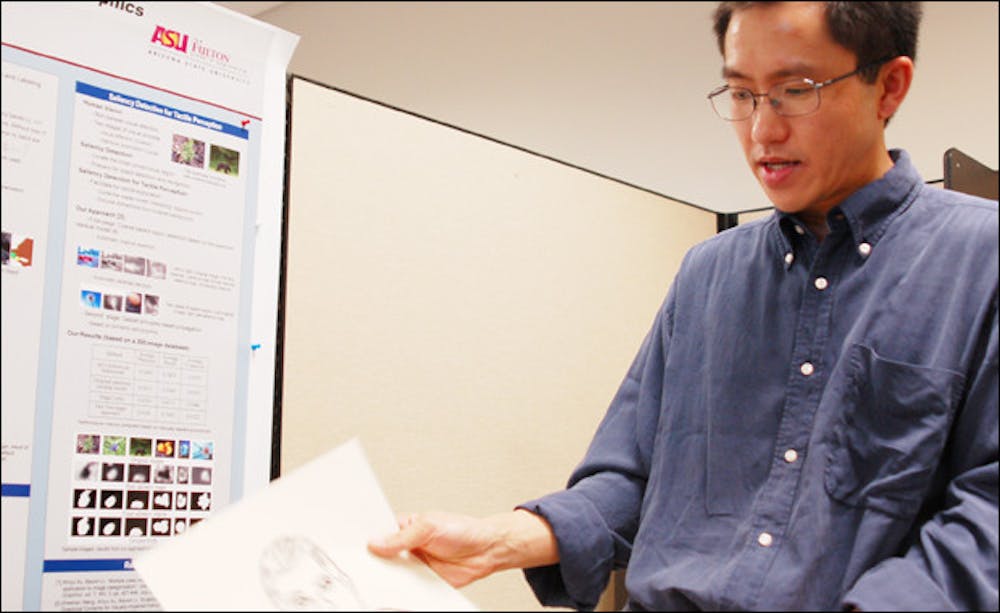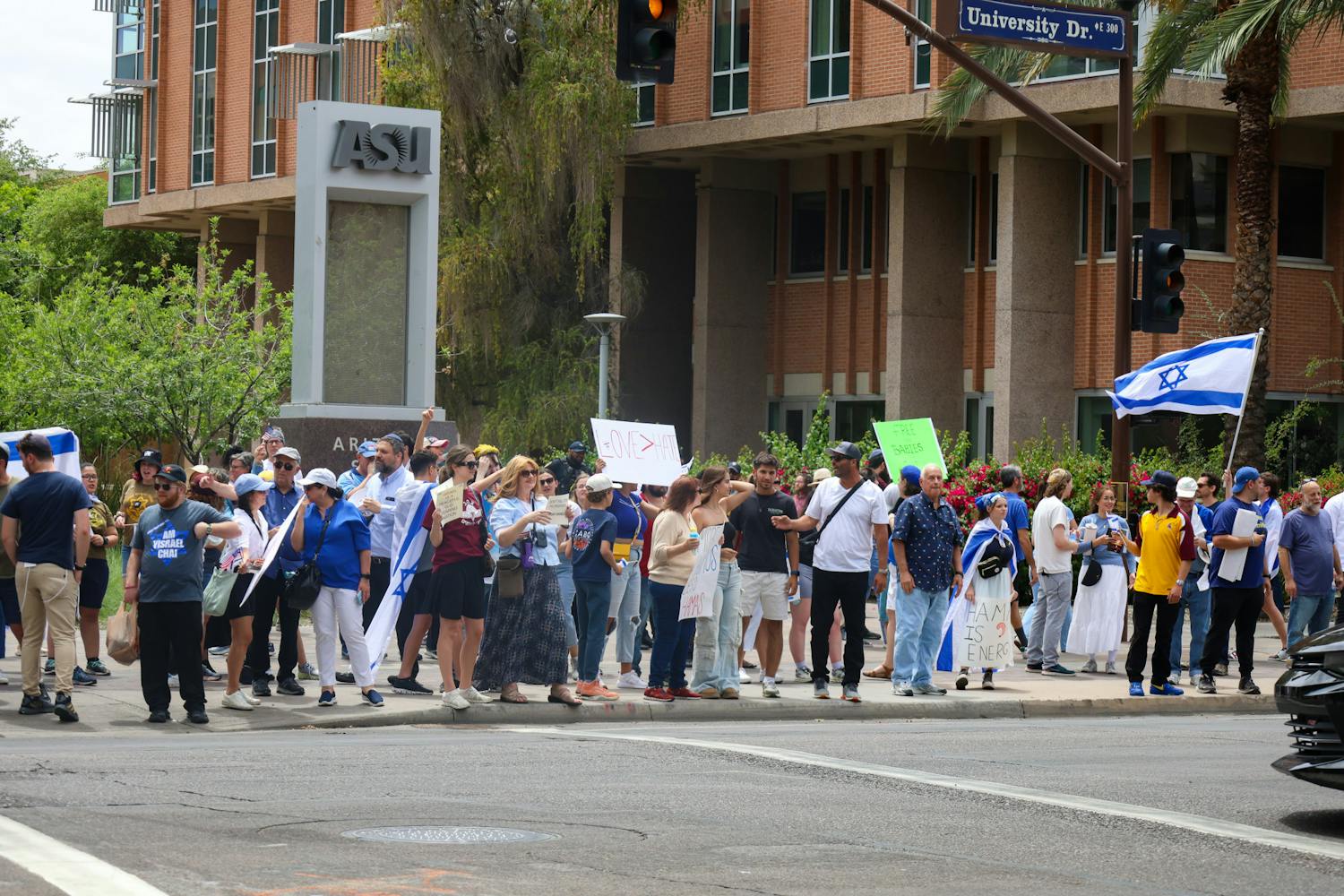Six young professors at ASU have unique research projects that earned them funding awards from the National Science Foundation.
The award, Faculty Early Career Development (CAREER) Program, allocates money to fund research for exemplary junior faculty members.
Baoxin Li, an assistant professor of computer science and engineering, won $93,827 per year for five years to continue his research.
Li has been at ASU for four and a half years and researches computer vision, which helps him convert photographs, graphs, maps and other graphics into textured pictures for the visually impaired to feel.
“We try to build computer software systems to convert graphics into a so-called tactile form,” Li said.
Two kinds of paper that he uses are “swell” paper and the traditional “raised dots” braille paper.
“If we convert it into some form we can print by a tactile printer, users without sight can touch and can sense the graphics,” Li said.
He has already done a trial study for his research and has written a paper, printed last June, which helped him to win the award.
In one part of the study, six people — five blindfolded and one blind — were invited into the lab to identify different parts of the tactile images including the makeup of the face, the way the person is posed and the person’s gender.
“The image we created actually carries a lot of important information,” Li said.
Besides fine-tuning the creation of tactile images, there is also the issue of commercializing low-cost tactile printers so visually impaired people can use them at their homes.
“Somebody who wants to use this technology at home … [needs] to have a low-cost printer,” Li said.
Henry Sodano, an assistant professor in mechanical and aerospace engineering, received $404,478 a year for his research in application-oriented materials design.
“[The research team] basically synthesize[s] materials to solve engineering problems,” Sodano said.
Sodano said he is looking at carbon fiber composites, which are high-performance materials that will be used in fighter aircrafts.
“It’s basically a very strong, light-weight material,” he said.
Usually there is no blending of materials. For example, a bike frame may have a stiff material surrounded by a soft material, where the materials are obviously separated, or discrete.
“What we’re trying to do is design a new interface for that material that uses nanotechnology to blend the two materials together,” Sodano said.
He said he hopes to mimic biological systems, like the human body, where the muscle fibers blend together.
“You don’t really have these discrete interfaces [in the human body] that we usually have in manmade systems,” Sodano said.
This modification will create better load transfer, which is the amount of force that can be transferred from one material to the other and how efficiently that can happen.
“We can increase the strength of these interfaces by about 120 percent,” Sodano said.
Yi Chen, an assistant professor in computer science and engineering, received $88,492 a year for her research in database management systems.
“That specific project is to help people to easily find information in a database,” Chen said.
She said for many Web sites, there is information on the databases not easily accessible by search engines like Google.
“Hopefully the search result will be much better than Google,” Chen said.
Junseok Chae, an electrical engineering assistant professor, received $400,000 a year for his research in micro-electro-mechanical systems (MEMS).
“I want to develop a biosensor that can be portable, inexpensive and disposable,” Chae said.
An example of how MEMS technology is used in everyday life is in the deployment of airbags.
Other professors who won awards and couldn’t be reached for comment are Hanqing Jiang and Arjan van der Vaart.
Jiang, an assistant professor in mechanical and aerospace engineering, received $400,235 a year for research in carbon nanotube macro-films.
Van der Vaart, an assistant professor in chemistry and biochemistry, received $120,000 a year for research in binding dynamics of
sequence-specific DNA-binding proteins.
Reach the reporter at reweaver@asu.edu.




